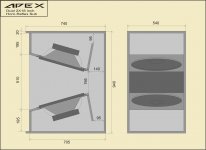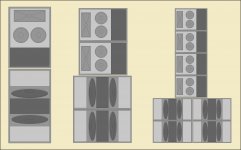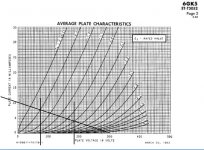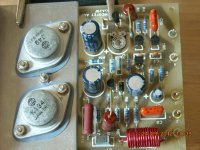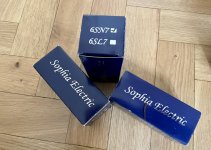Repaired Blues Junior with low B+
- By sahazel
- Instruments and Amps
- 8 Replies
Here's a mystery from my latest project: I've repaired a Blues Junior (schematic attached), and have it working and sounding fine. However, when I measure the B+ voltage, it's far lower (at 255V) than the schematic from the manual suggests I should find it (329V). Other supply voltages are similarly low by >20%.
Before the rectifier, I find 256VAC across the PT secondary as expected, and measure 130VAC at the junction of D1 and D3, which matches the schematic.
Pulling the preamp and PI tubes raises all the voltages a little bit, but doesn't meaningfully change the situation. Pulling the power tubes as well leaves all supply voltages at 350V. So, seems to me the power tubes are pulling the voltages down, and I imagined I'd find them running hot.
But no: bias voltage measures -10.6V just as the schematic suggests. I measured plate currents via OT resistance & voltage, and found 15ma (1.41V/91.6R) and 14ma, which seems quite low for EL84s — not at all what I expected! Switching to a different pair of EL84s didn't make any significant difference. Just in case something was wrong with my plate current measurements, I tried paralleling some resistors across the bias supply voltage divider (R51 and R52), to drive the bias to a very cold -16V, but even this left B+ at barely 300V.
In case it's a helpful clue: the problem I found and repaired was that the first voltage dropping resistor in the power supply, R47, had burnt out. The replacement I installed (2.2k 2w) runs warm, 48C according to my IR thermometer, but doesn't seem to be in danger of a similar fate.
Any ideas on what might be going on? Given that the amp sounds fine and the power tubes seem to have low dissipation, I'm tempted to call this a success, but I'm worried I may be overlooking something that will cause problems.
Before the rectifier, I find 256VAC across the PT secondary as expected, and measure 130VAC at the junction of D1 and D3, which matches the schematic.
Pulling the preamp and PI tubes raises all the voltages a little bit, but doesn't meaningfully change the situation. Pulling the power tubes as well leaves all supply voltages at 350V. So, seems to me the power tubes are pulling the voltages down, and I imagined I'd find them running hot.
But no: bias voltage measures -10.6V just as the schematic suggests. I measured plate currents via OT resistance & voltage, and found 15ma (1.41V/91.6R) and 14ma, which seems quite low for EL84s — not at all what I expected! Switching to a different pair of EL84s didn't make any significant difference. Just in case something was wrong with my plate current measurements, I tried paralleling some resistors across the bias supply voltage divider (R51 and R52), to drive the bias to a very cold -16V, but even this left B+ at barely 300V.
In case it's a helpful clue: the problem I found and repaired was that the first voltage dropping resistor in the power supply, R47, had burnt out. The replacement I installed (2.2k 2w) runs warm, 48C according to my IR thermometer, but doesn't seem to be in danger of a similar fate.
Any ideas on what might be going on? Given that the amp sounds fine and the power tubes seem to have low dissipation, I'm tempted to call this a success, but I'm worried I may be overlooking something that will cause problems.
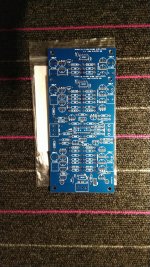



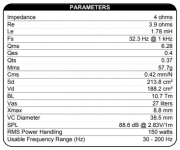
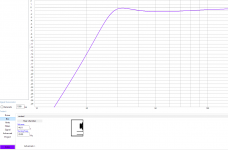


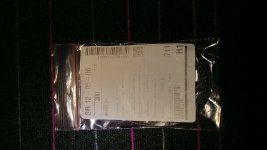
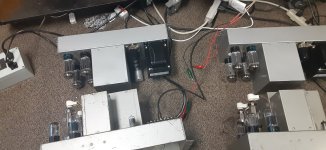
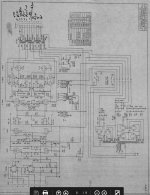
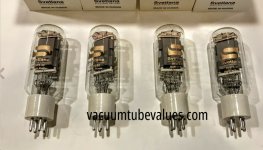
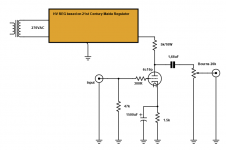

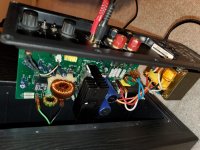
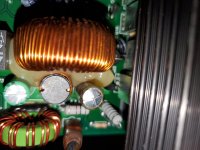
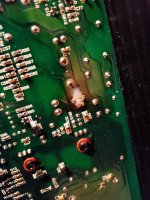

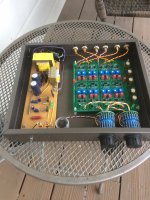
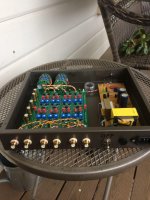
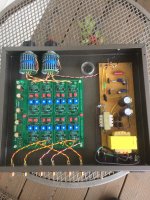
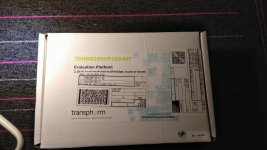
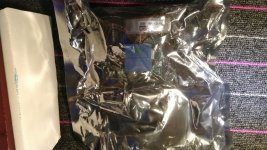





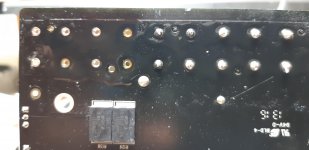
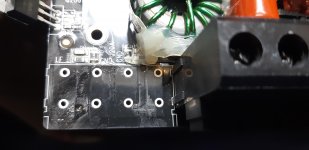
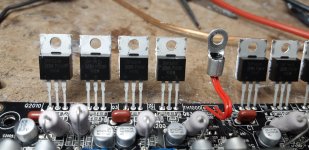
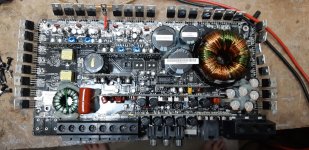
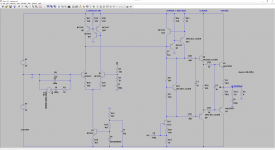
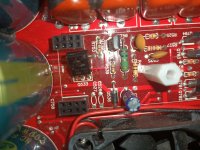
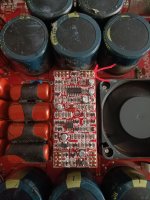
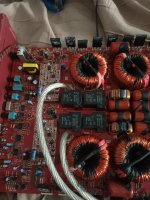
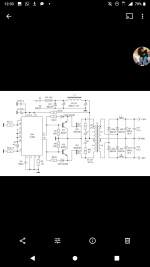
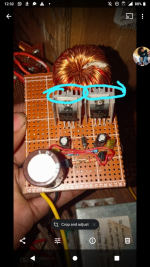
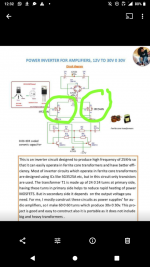
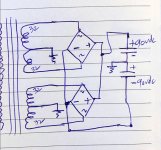
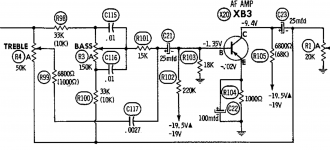

 its sad to see them like this
its sad to see them like this